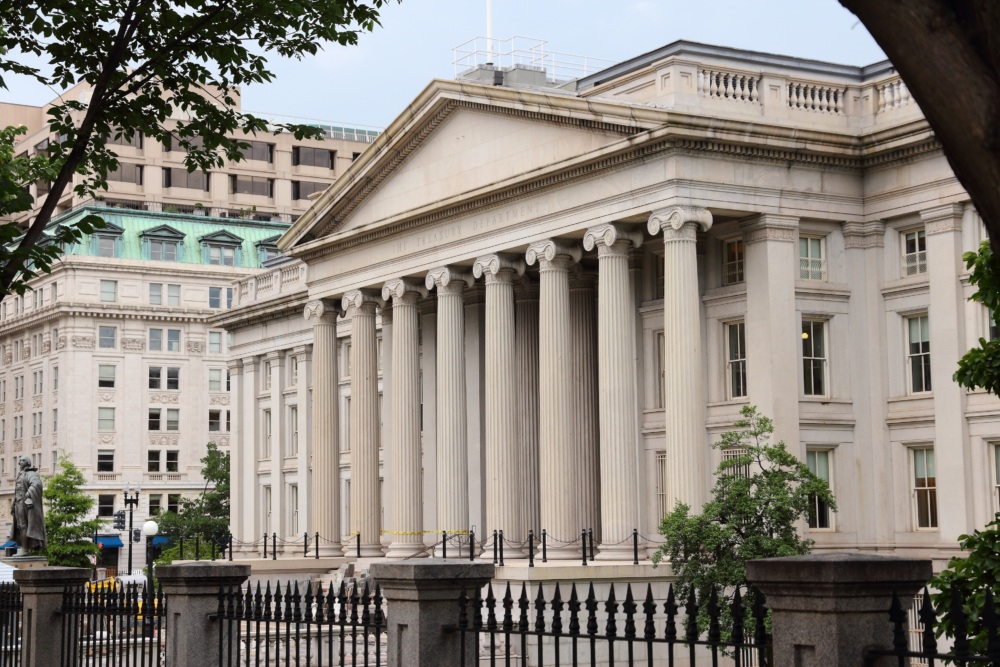

Public Sector Solutions, Results-Based Funding
Here’s how the agency can maximize those resources
In February 2018, the first-ever piece of federal outcomes-based social spending legislation, the Social Impact Partnerships to Pay for Results Act (SIPPRA), was signed into law. The bill appropriated $100 million to support state and local outcomes-based social initiatives over 10 years, giving communities across the country the resources and latitude to create programs that deliver measurable results.
But the implementation requirements outlined in SIPPRA’s first notice of funding availability (NOFA), released through the U.S. Department of the Treasury in February 2019, muted the legislation’s initial impact.
In April, the Treasury issued a request for comment ahead of a second SIPPRA NOFA. Our team, which supported five of the eight finalist applications that Treasury reviewed following the initial NOFA and launched the first outcomes-based initiative to receive SIPPRA dollars, took this opportunity to provide recommendations for the next round of funding distribution across a few key areas:
Valuation
The Treasury has already signaled that it intends to replace the budget-impact-analysis model it required for outcomes valuation in the first NOFA with a cost-benefit-analysis model, a significant improvement.
We encouraged the agency to maximize the cost-benefit-analysis model by broadening the pool of potential costs and benefits to include those that accrue over an extended time horizon—for example, current-state costs to applicants and other governments, and non-fiscal costs such as the value of a statistical life, a metric that federal agencies like the Department of Transportation and the Environmental Protection agency already use. Relatedly, we requested that the Treasury consider lengthening the time horizon for outcomes measurement to accommodate projects with reasonable future benefits that might unfold during the cost-benefit-analysis period.
Our team also urged the Treasury to think beyond direct federal savings and consider the state or local savings that SIPPRA-funded projects, all of which are place-based, might generate, along with savings derived from oversubscribed, federal block grant funding programs, where there is implicit value to be found in improving economic conditions and freeing up federal resources without increasing spending.
Finally, we recommended that the agency allow for the present value of well-evidenced benefits that could accrue 10 years or more beyond the life of a given project to be counted during valuation. This is especially relevant for social programming involving children since the benefits of these efforts collect over a lifetime.
Social Finance supported five of the eight finalist applications that Treasury reviewed following the initial NOFA and launched the first outcomes-based initiative to receive SIPPRA dollars.
Evaluation
The Treasury expressed a preference for program measurement frameworks centered on randomized control trials (RCTs) in the first SIPPRA NOFA. While RCTs are highly effective, there are some instances where other more flexible approaches, including quasi-experimental studies, also work. Luckily, it appears that the agency is poised to drop its preference for RCTs for the second NOFA. Our team expressed its support for this potential change.
We also encouraged the Treasury to drop the requirement that all program evaluations show statistical significance, which it introduced after publishing the first NOFA. This rule, while well-intentioned, exposed applicants and investors to increased risk and made raising project capital more difficult.
Processes and timelines
The Treasury has indicated that it’s planning to streamline the application process for the second SIPPRA NOFA. Our team members, who devoted several hundred hours of time to each of the five applications Social Finance supported during the first NOFA period, are pleased to hear about this shift. Reducing the time to award would help ensure a higher volume of quality projects with real potential for impact.
In our comments ahead of the second NOFA, we noted that moving out the response deadline from three months, the span provided ahead of the first funding distribution for SIPPRA, to at least six months would have a similar effect, giving applicants with strong yet complex initiatives requisite time to structure and present their plans.
We’re confident that the Treasury can apply these and other changes to the forthcoming NOFA and ultimately ensure SIPPRA delivers on its promise.
Learn about our Public Sector Solutions →
Related Insight

Job Training in New York to Address the Climate Crisis
The Pay for Success Clean Energy Training project, which is supported by an $8.2 million grant from the U.S. Department of Labor and the U.S. Department of the Treasury, will train more than 660 New…